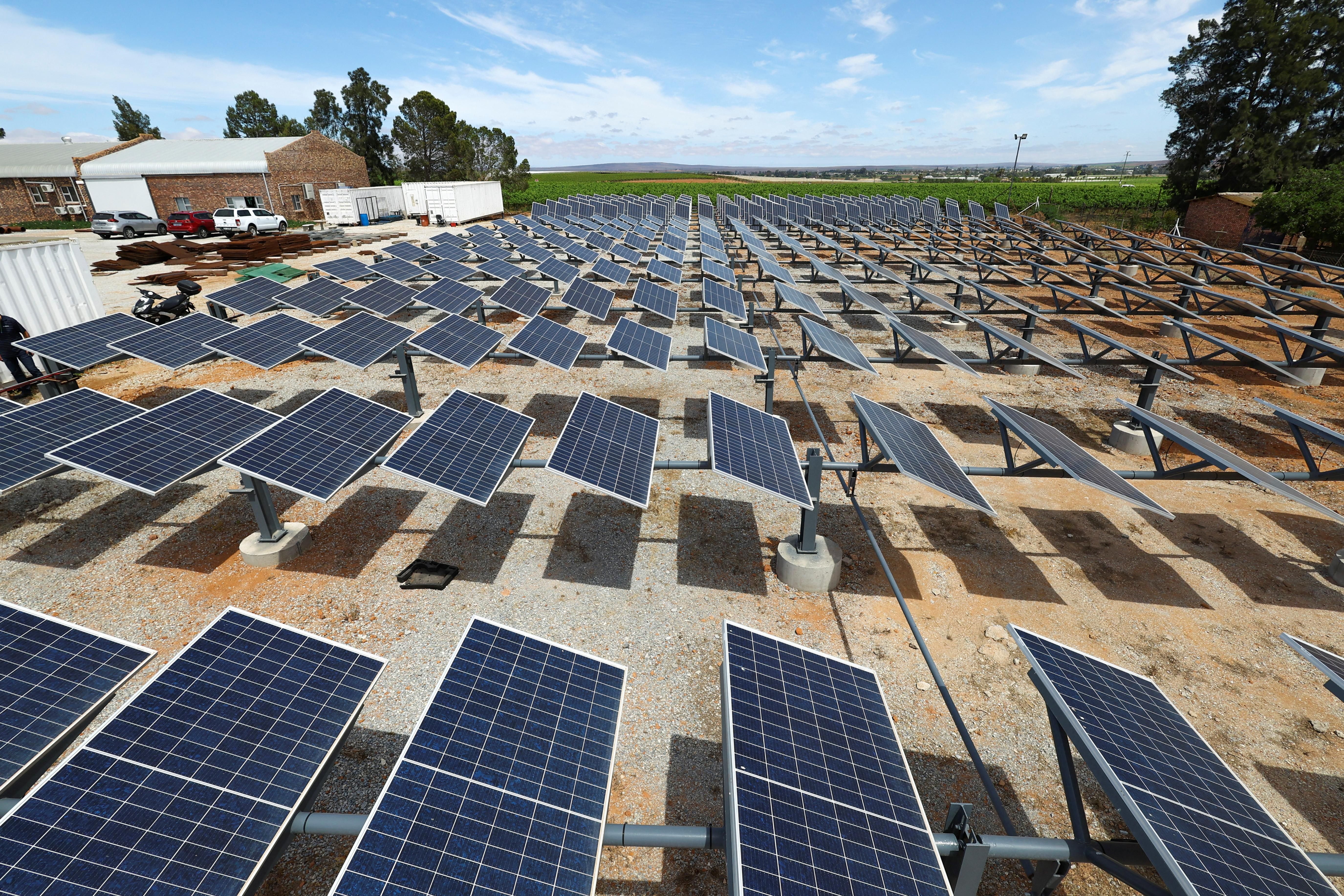Africa’s dreams of providing universal access to electricity by 2030 are in jeopardy thanks largely to a change in tune from China. The pandemic’s impact on the Chinese economy, years of debt-sustainability concerns, and plenty of bad press have zapped China’s ability and willingness to fund African power projects.
How did Africa come to rely on China? Over the past decade, some African leaders argued that conventional lenders and Western countries were not dependable partners. They urged countries to look instead to China to fill funding gaps to power the continent’s energy infrastructure goals.
As a result, China’s contribution to Africa’s power sector has been enormous: The International Energy Agency estimates that the amount of generation capacity from China’s 2010-2020 contracts in the region was around 17 gigawatts – projects mostly financed with Chinese loans and, to a lesser extent, equity, grants, and blended finance.
But today, Chinese investment in African power projects is declining sharply, leaving governments exposed to a potential shortfall in energy funding over the coming decade.
The scale of the problem. China is by far the largest bilateral lender in Africa and is very active in the power sector. But the story is changing rapidly. According to Boston University’s Global Development Policy Centre, Chinese investments in Africa’s power generation fell from an all-time high of over $4.7 billion in 2017 to about $570 million in 2020 – an 88% drop.
At the 2021 Forum on China-Africa Cooperation meeting in Dakar, Senegal, China watchers were surprised by the reduction in China’s investment commitment – from a 2018 pre-pandemic level of $60 billion to $40 billion. It also placed emphasis on lending to African financial institutions as opposed to bilateral lending, which is most likely a response to the challenges many African countries have faced post-COVID with debt sustainability.
Angola and Zambia have benefited enormously from big-budget Chinese power projects. Angola’s 2,172MW Caculo Cabaça hydropower plant project received $4.5 billion in funding through a syndicated loan from the Industrial and Commercial Banks of China, the Bank of China, the China Construction Bank of Beijing, China Minsheng Bank, Ping An Bank, and the Bank of China’s Shanghai Pilot Trade Zone Branch.
The Zambian government also contracted a 750MW hydroelectric power project in 2017 with $1.5 billion in funding from the Export-Import Bank of China and the Industrial and Commercial Bank of China Ltd.
But in late 2020, Zambia became the first African country to default in the COVID era – and as one of China’s top debtholders, gave Beijing reason to be wary. Then, in 2021, Angola, China’s biggest debtholder in Africa, entered into a three-year debt relief agreement with its Beijing lenders, deferring payments from 2022 to 2023.
In turn, Chinese creditors are becoming more risk-averse. Zimbabwe and Kenya, where China has pulled funding for coal projects, are two examples of Beijing’s new approach.
Zimbabwe’s 2,800MW Sengwa Power project was put on hold in 2021 when the Industrial and Commercial Bank of China reportedly pulled out of the $3 billion dollar project. This came after the ICBC canceled a similar coal power project in Lamu, Kenya. The Lamu project was plagued by litigation and environmental protests, which caused the Chinese financier to abandon it altogether.
African electrification needs diverse funding sources. The African energy sector was struggling to attract investment even before the onset of the pandemic, and today’s economic downturn has exacerbated the problem. Some 600 million people in the region don’t have access to electricity, and that number is likely to reach 630 million by 2030 if the recovery continues to stagnate. It is becoming increasingly difficult for Africa to attract investment amid fears of default and downgraded credit ratings.
The World Bank says sub-Saharan Africa alone needs $20 billion to finance universal electrification in the region. While the bank can provide some of this funding, it has signaled that it cannot mobilize all of the needed finances, citing the need for alternative sources. African governments need to get creative to woo partnerships and funding to power their future.
Many global north countries have expressed interest in financing African infrastructure with a focus on private sector-led investments. The European Union, for example, is looking to raise 300 billion euros to finance African infrastructure as part of its Global Gateway initiative. The Biden administration, meanwhile, is championing its $600 billion Partnership for Global Infrastructure and Investment abroad, including projects in Angola, and the Build Back Better World initiative at home.
Some experts think these commitments were dead on arrival because there were no concrete follow-up actions. There are also concerns that Western project developers may be too risk-averse to consider taking up contracts in most African countries. This is a worrying trend because recent data from the World Bank shows that private investments in Sub-Saharan Africa decreased by 17% in 2021.
Still, there are opportunities for African nations to forge more public-private partnerships in the power sector, and there are successful models across the continent that can serve as benchmarks for newcomers. The Ouarzazate Solar Power Station project in Morocco and South Africa’s KaXu Solar One are good examples.
Governments may also consider shifting from large-scale power plants to smaller and modular units as these are more attractive to green financing. China, for example, is moving away from financing coal-fired power projects to focus on green financing for overseas power projects, thus signaling a new direction across the board. These include smaller projects focused on things like solar and wind power generation.
China’s reduced funding for African energy infrastructure should serve as a wake-up call to African governments that they cannot solely rely on Beijing’s support. They should instead carefully pursue alternative financing sources and diversify to include smaller power projects that can more easily attract funding.
This op-ed was written by Knollis Delle, a renewable and alternative energy policy expert at the Ministry of Energy in Ghana.
